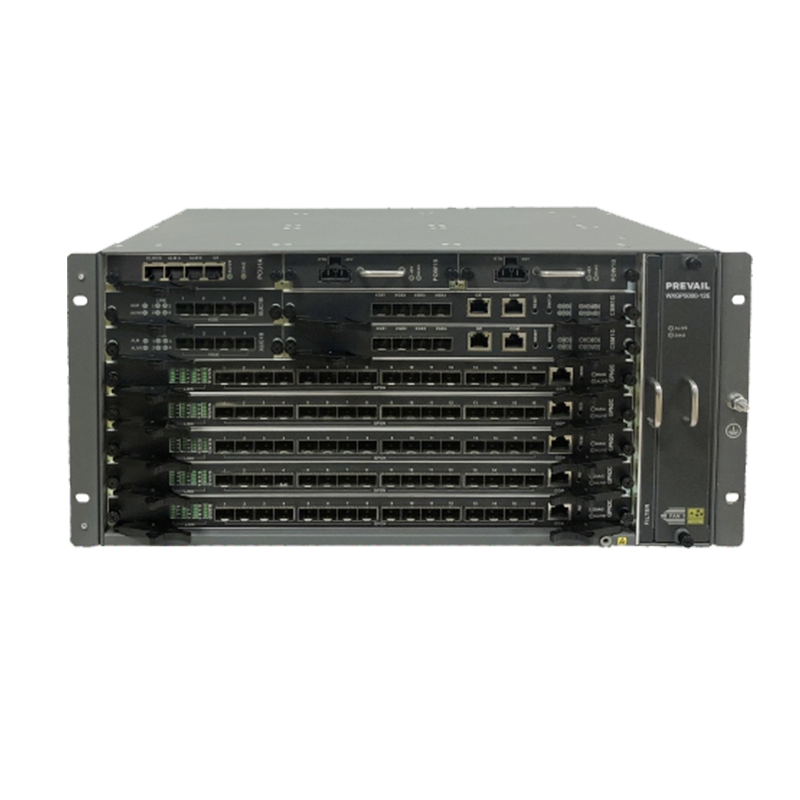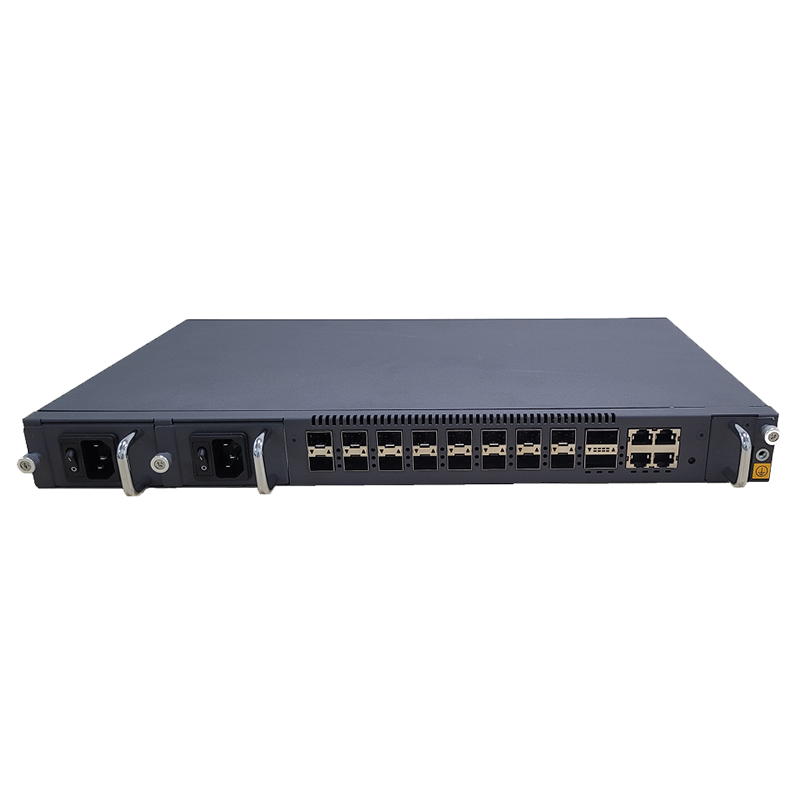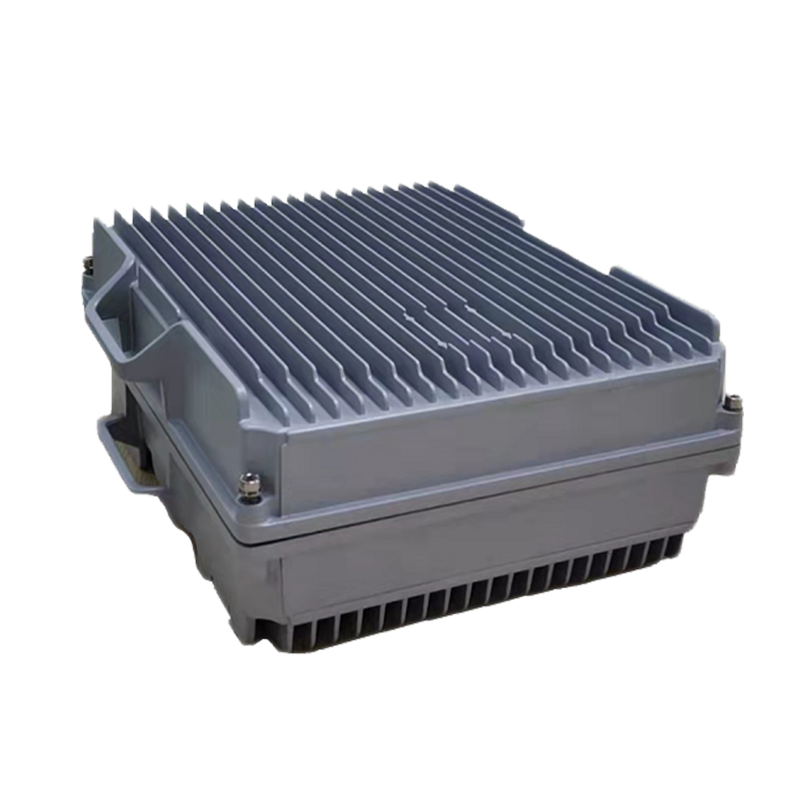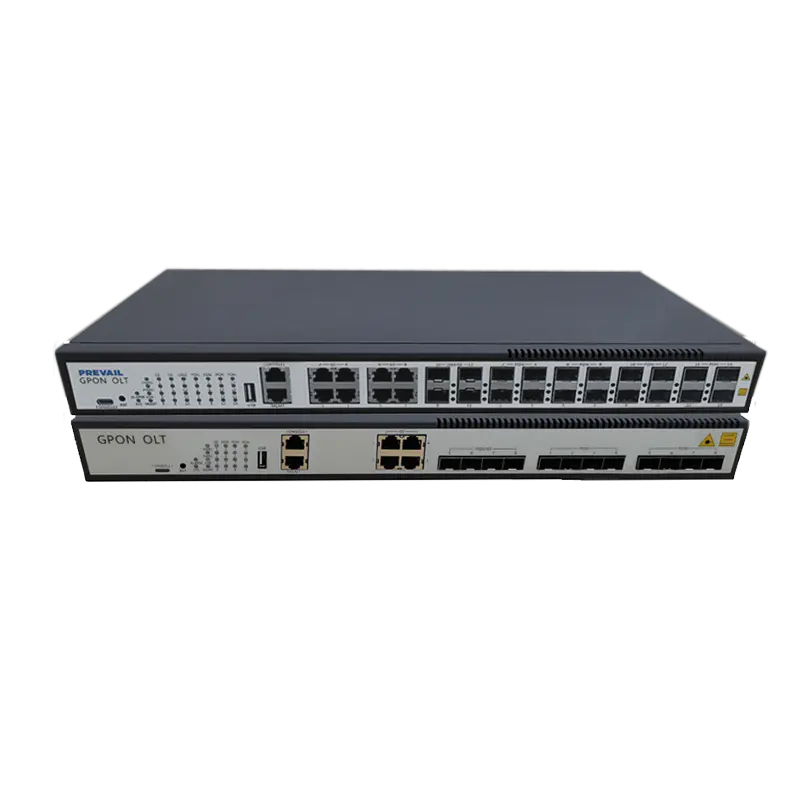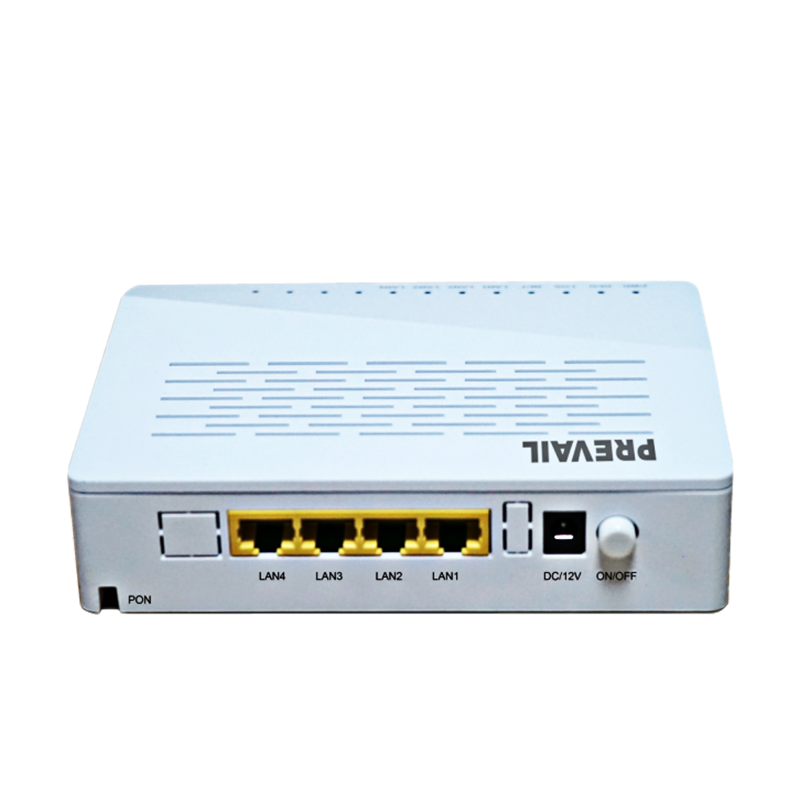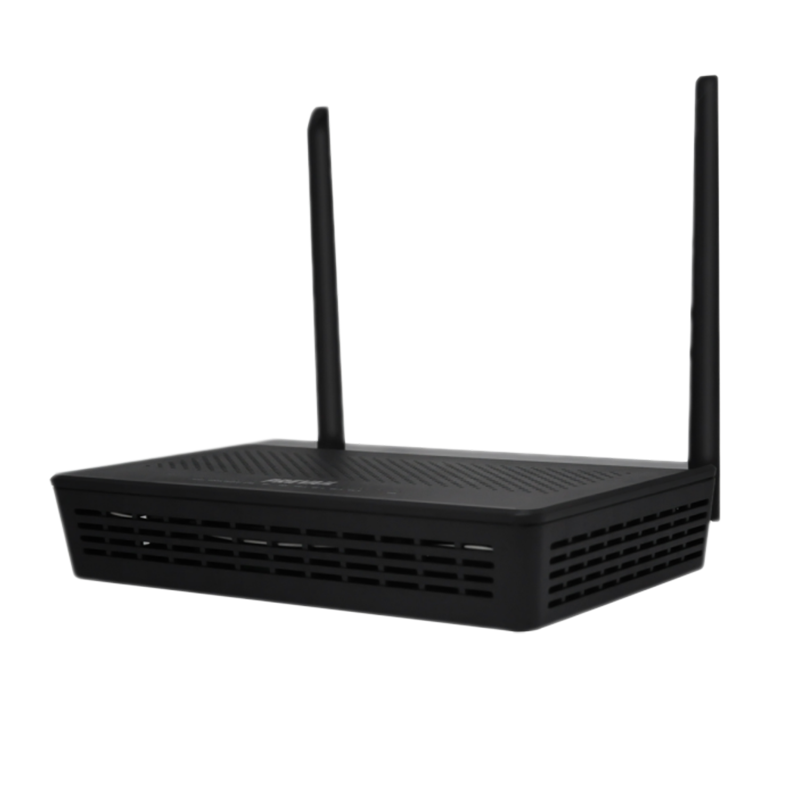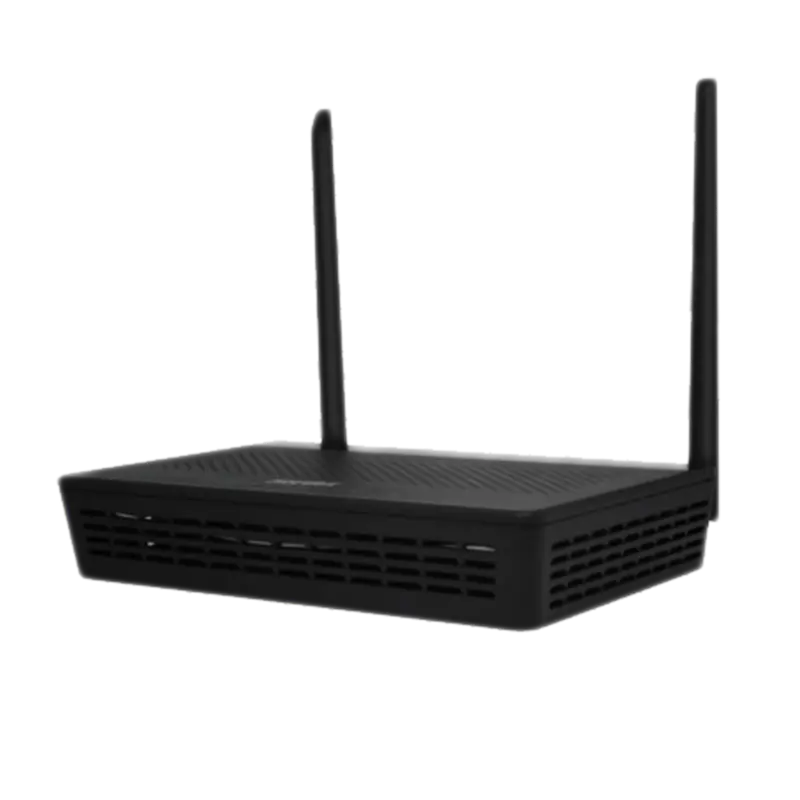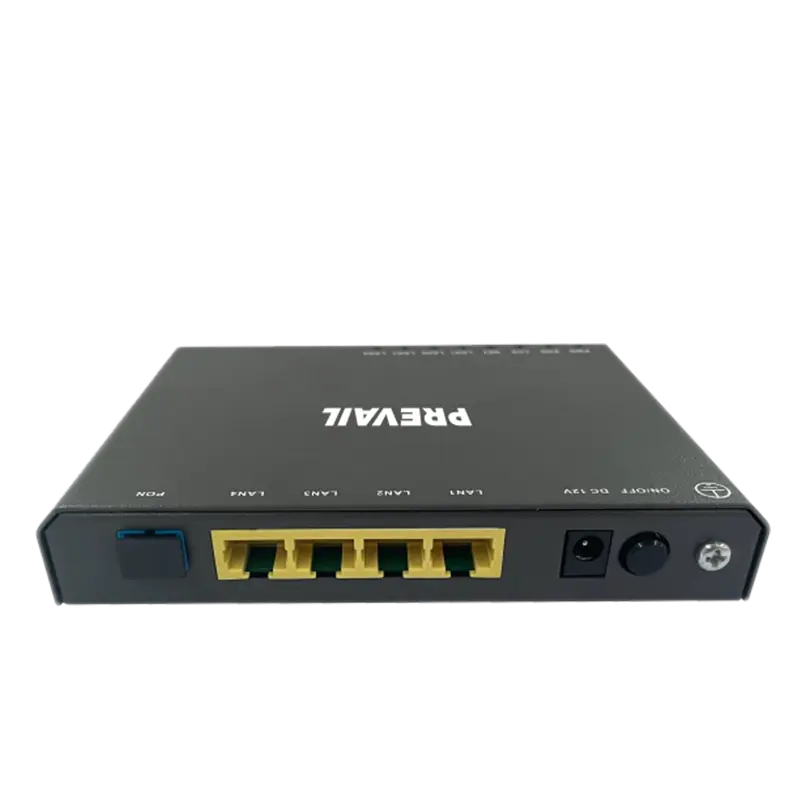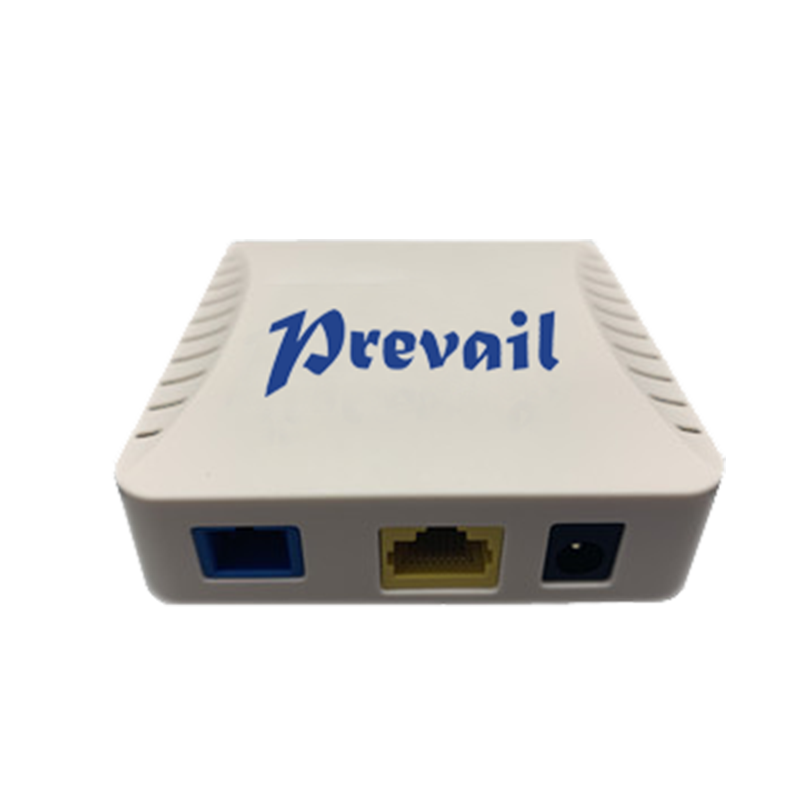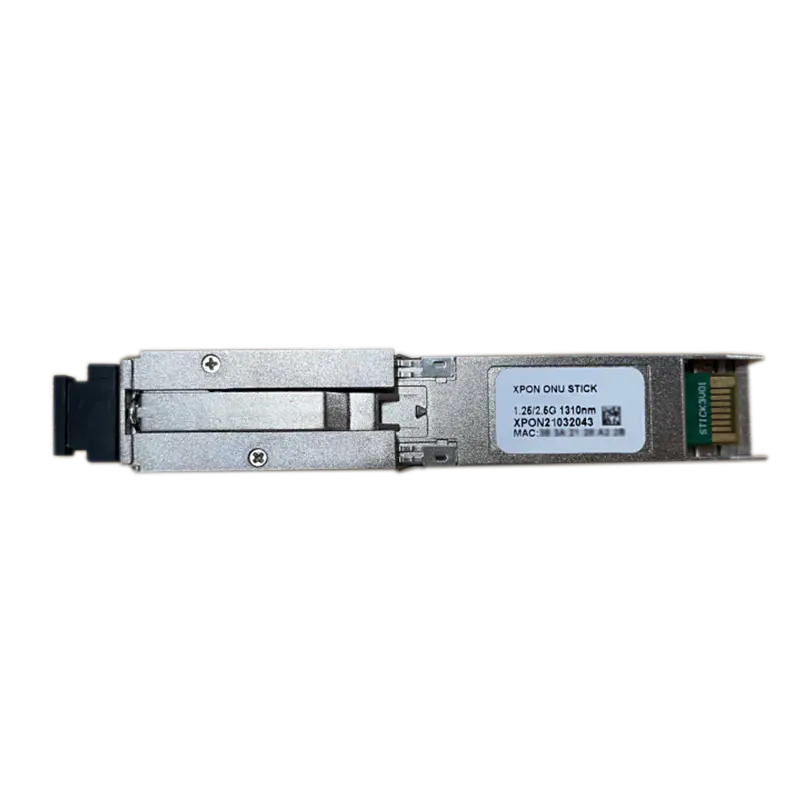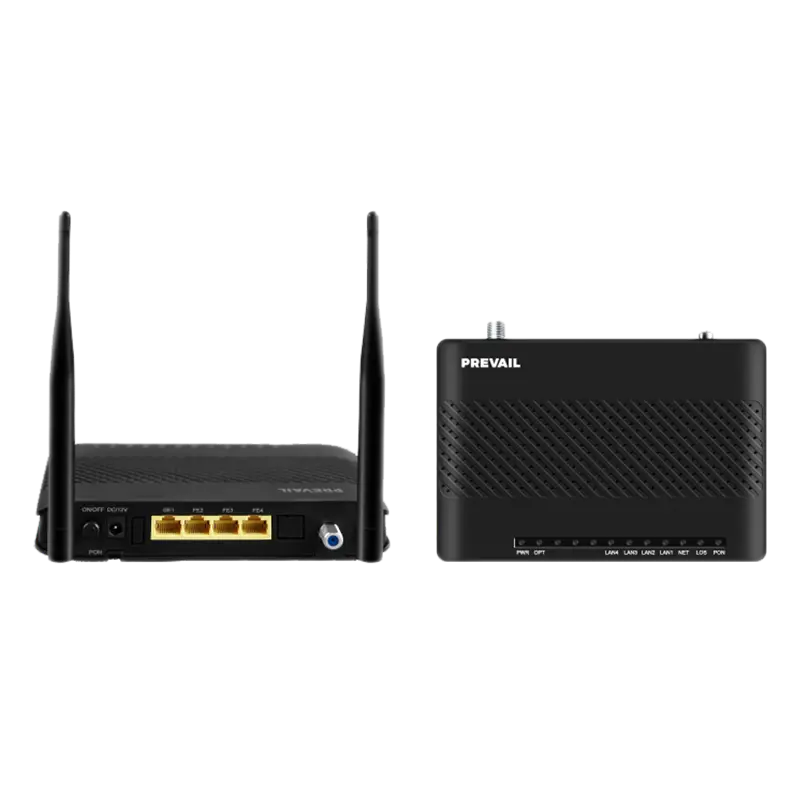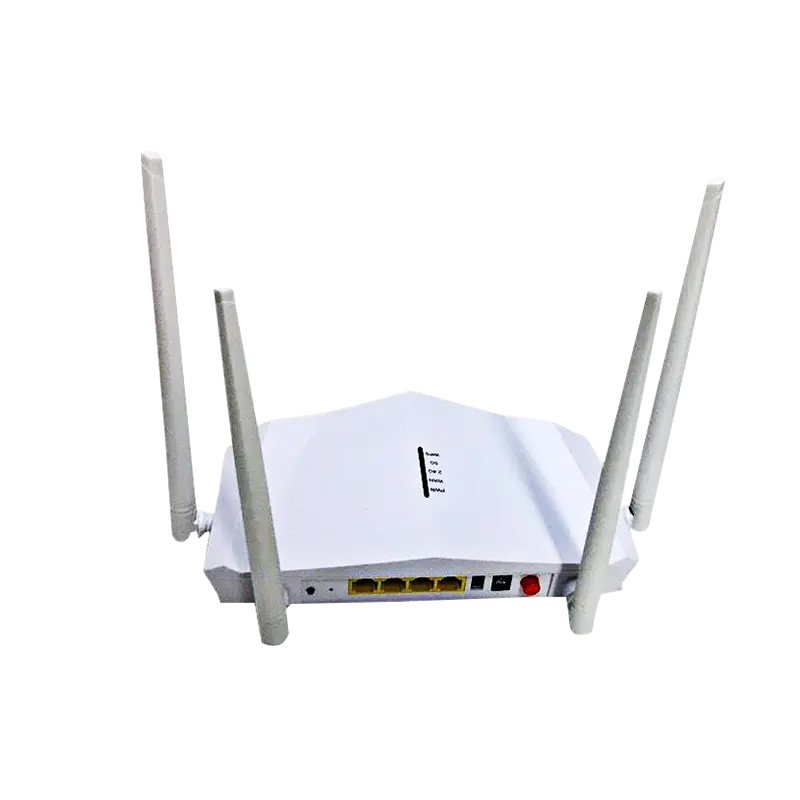Building the Future of Connectivity: The Role of Optical Communication Platforms
In today’s ultra-connected world, data travels faster than ever — and at the heart of this digital transformation lies the optical communication platform . As organizations demand higher bandwidth, lower latency, and more secure transmissions, optical communication has become the backbone of modern telecommunications, enterprise networks, and cloud infrastructures.
Unlike traditional copper-based systems, optical communication platforms leverage the properties of light to transmit information at nearly the speed of light — offering massive improvements in bandwidth, signal integrity, and energy efficiency.
How Do Optical Communication Platforms Work?
At its core, an optical communication system operates using three main components:
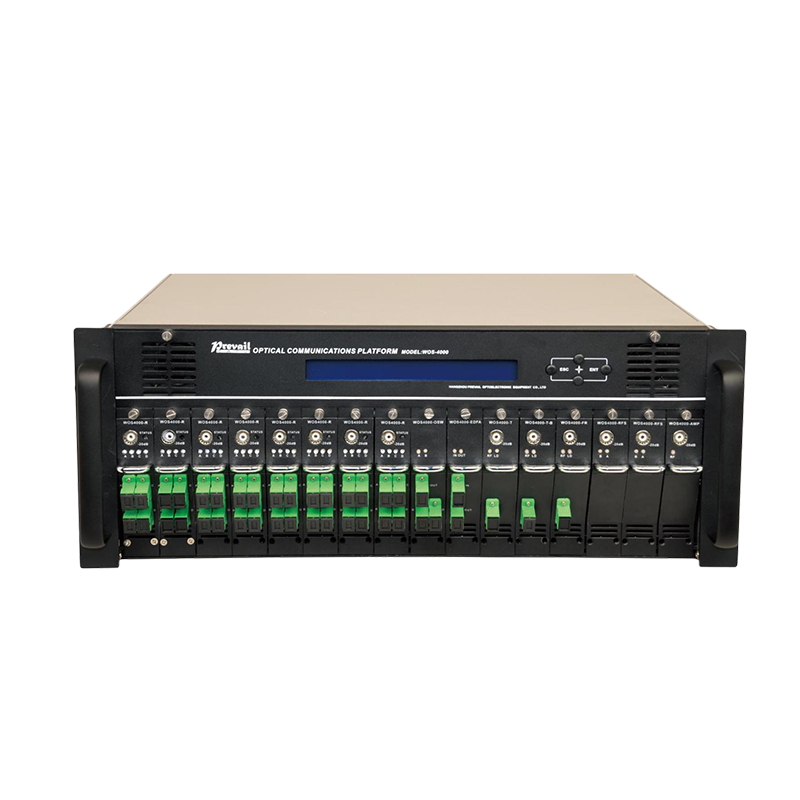
Transmitter : Converts electrical signals into optical (light) signals using lasers or LEDs.
Fiber Optic Cable : Acts as the medium for transmitting light pulses over varying distances with minimal loss.
Receiver : Converts the received light signals back into electrical form for processing.
Advanced optical communication platforms often include:
Multiplexers/Demultiplexers – To combine and separate multiple data channels (e.g., WDM – Wavelength Division Multiplexing)
Amplifiers – To boost signals over long-haul networks without converting them back to electrical
Optical Switches – To route data across networks dynamically
Network Management Software – For monitoring, configuration, and optimization
These integrated systems allow for seamless communication in applications ranging from 5G backhaul and inter-data center links to undersea cables and satellite communications.
Key Benefits of Optical Communication Platforms
Ultra-High Bandwidth
Fiber optics can carry terabits of data per second, far surpassing the capabilities of copper cables.
Low Latency & Signal Loss
Light travels through fiber with minimal degradation, enabling fast and stable transmission even over long distances.
Immunity to Electromagnetic Interference
Unlike metal cables, optical fibers are not affected by nearby electrical devices or environmental interference.
Enhanced Security
Fiber optic lines are much harder to tap into unnoticed compared to traditional copper cables.
Scalability
Optical platforms support modular upgrades, allowing service providers to increase capacity without replacing entire infrastructure.
Energy Efficiency
Compared to legacy systems, optical communication consumes less power per bit of data transmitted.
Applications Across Industries
Telecommunications : Backbone of global internet infrastructure and mobile networks
Data Centers : High-speed interconnects between servers and storage units
Enterprise Networks : For secure internal communications and campus-wide connectivity
Defense & Aerospace : Used in secure military communication systems and aircraft/spacecraft sensors
Smart Cities & IoT : Enables high-speed connectivity for surveillance, traffic control, and connected infrastructure
The rise of big data, AI, cloud computing, and 5G has made optical communication platforms more critical than ever. As the demand for real-time data grows, so does the need for faster, smarter, and more scalable communication solutions.
By investing in advanced optical technologies, telecom operators, enterprises, and governments can build the resilient, high-performance networks needed to support tomorrow’s digital innovations.
Whether you're deploying a new data center, upgrading a telecom backbone, or building out smart city infrastructure, an optical communication platform is no longer optional — it's essential.





